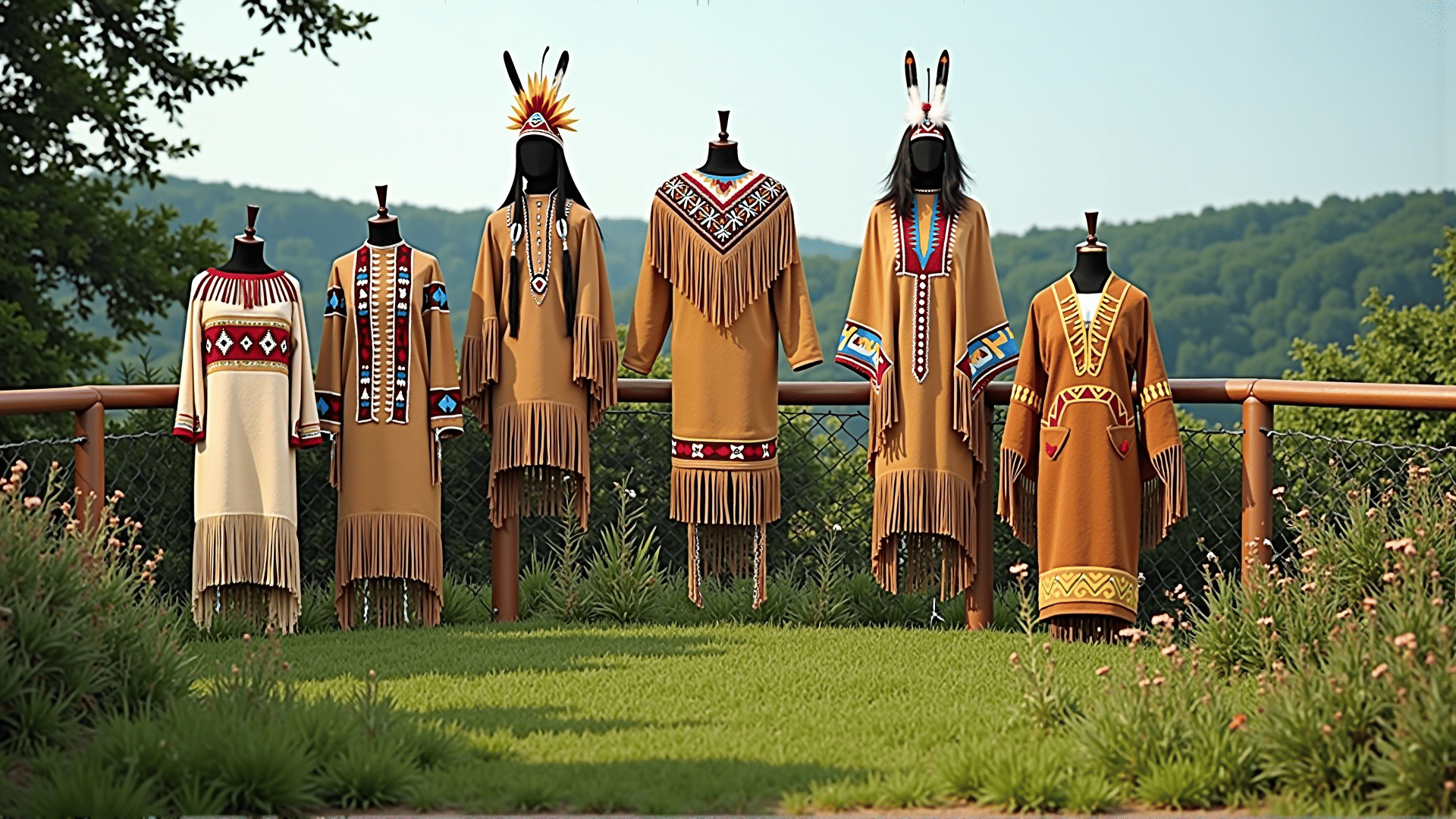Native American attire holds an essential place in the rich tapestry of indigenous cultures, where materials and designs tell stories of heritage, spirituality, and identity. Diverse tribes across North America developed distinctive clothing practices, each reflecting their environment, beliefs, and way of life.
The materials used in traditional attire were often sourced directly from nature, reflecting a deep connection to the land. Animal hides, such as deerskin, were commonly used due to their durability and availability. These hides were meticulously prepared through a process of tanning, which softened the material for comfortable wear. In colder regions, tribes like the Inuit made use of animal furs and seal skins to create insulating garments essential for surviving harsh climates.
Apart from animal products, plant-based materials also played a significant role. Many tribes utilized fibers from trees and plants to craft clothing and accessories. The Cherokee, for example, are known for using river cane, mulberry bark, and hemp in their textiles. Meanwhile, the Southwestern tribes, such as the Navajo, incorporated cotton after its introduction from the Spanish.
Designs and decorations on Native American attire were not merely for adornment but carried profound significance. Each symbol, color, and pattern often held specific meanings, revealing stories or beliefs. Bright colors achieved from natural dyes were common, with reds, blues, and yellows often symbolizing aspects like life, sky, and the sun. Intricate beadwork and quill embroidery were other hallmarks of Native American clothing, showcasing the craftsmanship and the cultural narratives of tribes like the Lakota and Ojibwe.
Feathers, often seen in headdresses, held spiritual importance. They served as a connection to the spiritual world and were earned through acts of courage or wisdom. The Plains tribes are particularly known for their feathered regalia, which often featured eagle feathers, highly revered in their culture.
Each piece of attire, from the moccasins worn on foot to the headdresses adorning the head, encapsulated the vibrant life and beliefs of the wearers. Moccasins were practical and often beautifully decorated with beadwork or porcupine quills, reflecting artistry and tradition. Headdresses, notably among the Plains Indians, varied widely, with some used in ceremonies while others served in warfare or leadership roles.
Contemporary Native American attire continues to evolve while maintaining its deep roots in tradition. Modern designers often integrate traditional elements with current trends, celebrating their heritage while adapting to new environments. This continuity showcases respect for ancestral practices and an acknowledgment of cultural resilience.
In essence, Native American attire offers more than just a means of protection from the elements; it weaves a narrative of identity, survival, and reverence for nature. Every thread and frill is a testament to the enduring spirit and creativity of indigenous cultures across generations.
